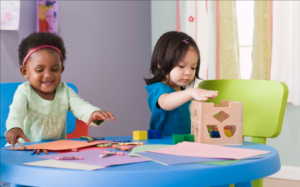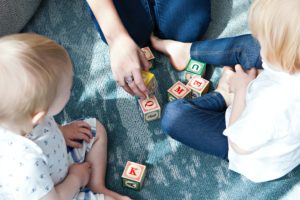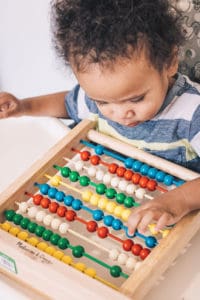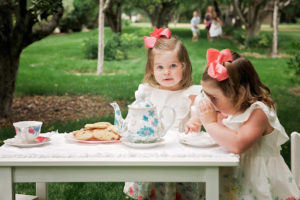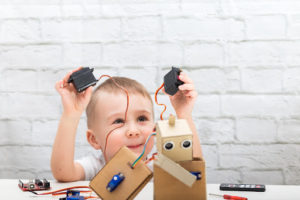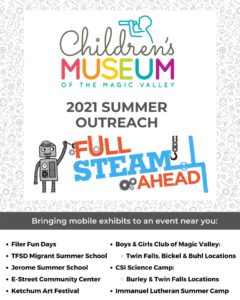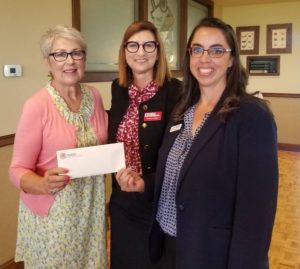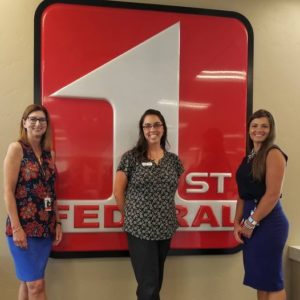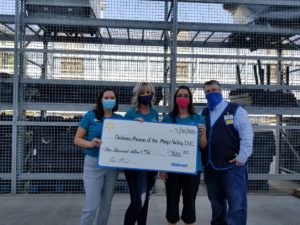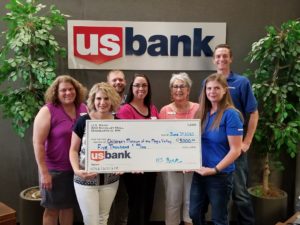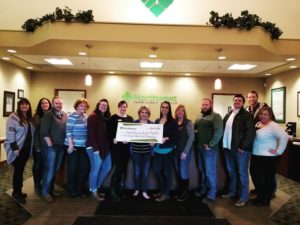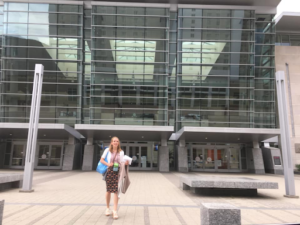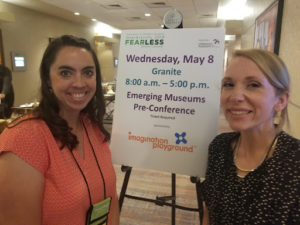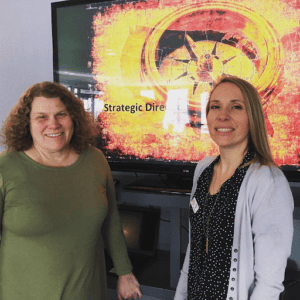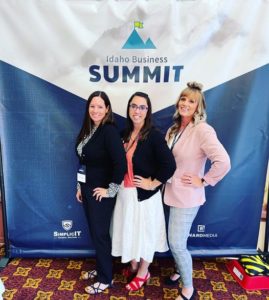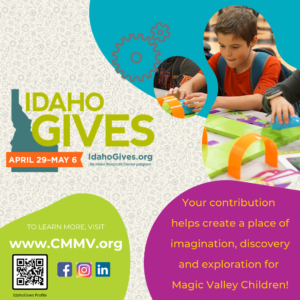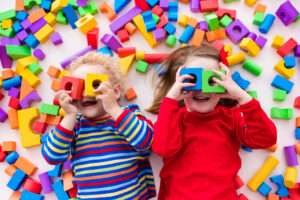
Ahhh connection! This is one of my favorite stages of play. You know, when children begin chatting with one another. Sometimes even in their own language. So cute! The stuff that great memes are made of. Associative play begins usually around the age of 3 until 5, however, every child is different, and you could see this stage as early as 2 and even extended through preschool.
Children in this phase have already established the comfort of playing next to another child, as discussed in the previous blog post “parallel play”, but now they begin to play WITH other children, interacting and even conversing. However, their play doesn’t necessarily have a common goal, they are just learning to share, or interchange toys even. For example, you may see one child join another child in play and begin to talk or copy each other. This is the early stage of what we as human do called “mirroring”, an important component in connection and socialization.
Another example may be children riding tricycles next to each other engaging in talk and eye contact, with nowhere to go, at least no plan or destination in mind. There are no rules, just play and interaction. It’s important to encourage children in this type of play, as it helps them develop a sense of self-discovery among peers and inclusion in connectedness with others. It builds confidence in sharing and self-advocacy as well as problem-solving skills through cooperation.
So, schedule that play date with your community and allow our children to connect, which will play an important role for them all the way into adulthood. Plus, it allows a time of connectedness with other adults, also an important component of your own mental well-being. Parents, allow for this kind of play to happen in a safe environment. You are still the center of their universe, but they are exploring others and realizing there is more out there in the world. Find your people, while they find theirs.
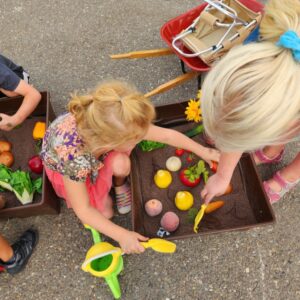
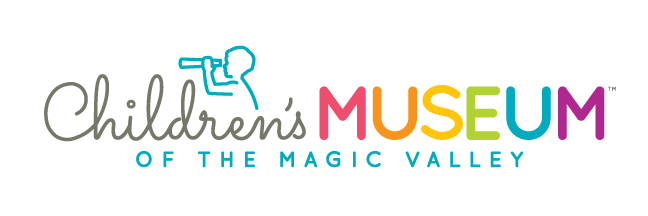
 .
. 